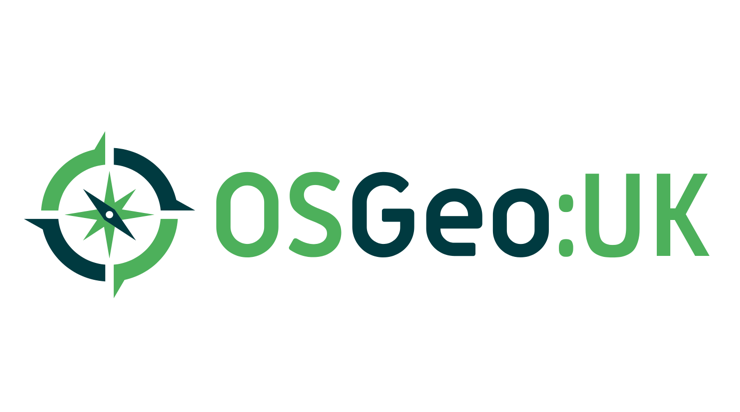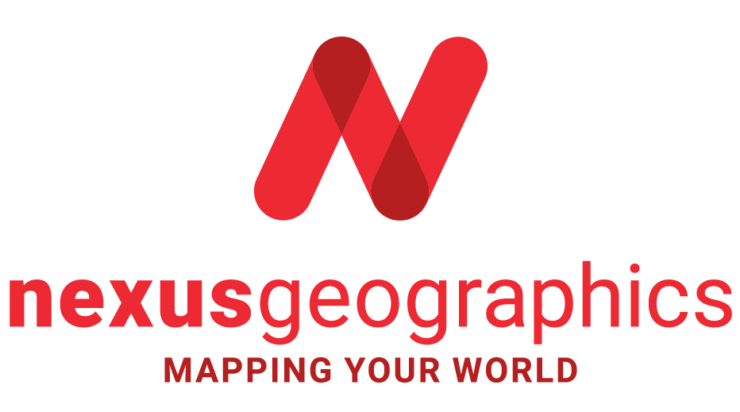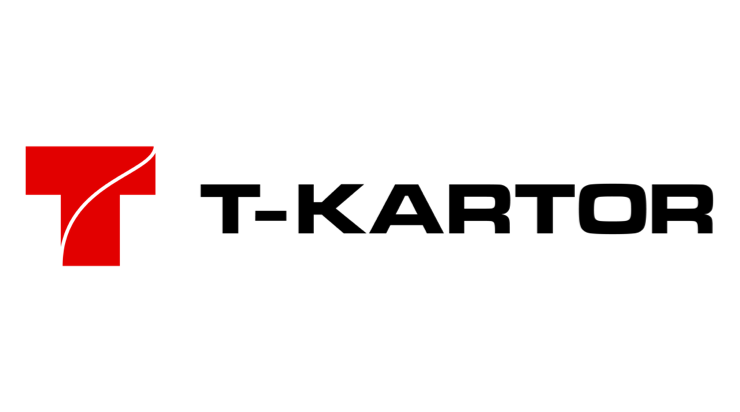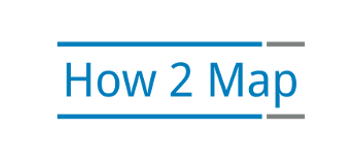On behalf of the GeoForAll community, we are delighted to honour Dr. Claus Rinner as our GeoAmbassador. Dr. Claus Rinner is a Professor and currently serves as Chair of the Department of Geography and Environmental Studies at Ryerson University. He holds a Bachelor’s degree (1993) in Mathématiques appliquées et sciences sociales from Université Paul-Valéry Montpellier 3, France, a Master’s degree (1996) in Applied Systems Science from the University of Osnabrück, Germany, and a PhD (1999) in Geography from the University of Bonn. After a brief stint as a software developer, he taught at the Institute for Geoinformatics at the University of Münster (2001-2003) and the Department of Geography and Programme in Planning at the University of Toronto (2003-2006), prior to joining Ryerson.
Within Geographic Information Science, Claus specializes in geographic visualization and multi-criteria decision analysis to support effective spatial decision-making. He develops map-centred, exploratory methods to evaluate phenomena such as public health and urban quality of life. Claus also works on Geographic Information Systems (GIS) concepts to support participatory planning, and investigates the decision support capabilities of GIS technologies such as location-based services and spatial data infrastructures. Most recently, Claus developed a keen interested in the collaborative and educational uses of 3D-printed terrain and cityscapes. He is co-author of a 2015 Springer monograph on Multicriteria Decision Analysis in Geographic Information Science and published 30 peer-reviewed articles, which summarize externally funded research. His h-index is currently at 24, with six publications exceeding 100 citations each. Claus teaches cartographic design and geovisualization, GIS, and spatial decision support. As the graduate program director of the Master of Spatial Analysis (MSA) from 2007 to 2015, he was also responsible for mentoring numerous graduate students through their practicum placements and major research papers. More details at https://www.ryerson.ca/~crinner/
Claus’s contributions to open source go back to his student days. Please find below a summary of his excellent work and experiences that he kindly shared with us.
“As a Master’s student in 1994-95, I developed an open-source (GNU GPL) data converter for Germany’s cadastral data standard, which is still available at http://rinners.de/edbs/ .
My next contact with open-source software development was as a junior faculty member at the Institute for Geoinformatics, University of Muenster, Germany, from 2001-2003:
– We discussed how open-source software is the equivalent of repeatable experimentation in the sciences, thus allowing us to turn GIS research into a “science”
– I co-taught a course on geosoftware development, in which students developed a mapping tool from scratch using Java, demonstrating the benefit of seeing and manipulating code
Giving Geography students a peek into the GIS “black box” has remained a staple in my teaching.
At the University of Toronto, I introduced a Web mapping assignment into the cartography graduate course in Fall 2004, supported by a small internal grant to purchase Web server hardware. I also participated in the interdisciplinary project Open Source | Open Access (2005-06), addressing issues of both open-source GIS development and open access to geospatial information through funded undergraduate student research assistantships.
After getting settled at Ryerson from 2006 onwards, I connected with the local Toronto OpenStreetMap group and facilitated/co-hosted events with the OSM group, Ryerson students, and/or Geography alumni:
– First and second Canadian OSM developer events, http://gis.blog.ryerson.ca/2012/03/16/openstreetmap-developer-event/ and https://gis.blog.ryerson.ca/2013/03/09/reflections-on-openstreetmap/ , with public workshops given by OSM community members as well as Ryerson students
– Nepal post-earthquake mapping sessions, https://gis.blog.ryerson.ca/2015/05/04/notes-from-nepalquake-mapping-sessions-ryersonu-geography/
– Maptime Toronto meetup with OSM founder Steve Coast, http://maptime.io/toronto/event/2016/12/06/december-meetup/
I am increasingly integrating OSM and QGIS in teaching GIS, cartography, and decision support. E.g., our 2nd-year Bachelor’s program GIScience course includes an assignment to edit OSM or contribute to another volunteered geographic information (VGI) initiative, as outlined at https://gis.blog.ryerson.ca/2015/02/25/ryerson-geographic-analysis-students-put-restaurants-airports-cities-and-cropland-on-the-map/ . Many graduate student geovisualization course projects are also based on open data and/or OSGeo software, see http://spatial.blog.ryerson.ca/tag/open-data/
Through my students, VGI and open data have also become a core research interest:
– My former PhD student Dr. Victoria Fast and I developed the concept of “VGI Systems” to more comprehensively explain the factors impacting the success or failure of VGI initiatives; open access publication at http://www.mdpi.com/2220-9964/3/4/1278
– I co-edited a special issue of the open-access URISA Journal titled “Mediating Open Data: Providers, Portals, and Platforms”, with an article led by former undergrad student Edgar Baculi on “The Geospatial Contents of Municipal and Regional Open Data Catalogs in Canada”, see http://www.urisa.org/resources/urisa-journal/
– Within the Canadian “Geothink” research partnership, I am currently working on three book chapters on different geospatial open data or VGI topics (all based on student work)
– I got keenly interested in 3D printing applications in Geography, specifically the collaborative and educational uses of 3D-printed terrain and cityscapes; the prints are usually based on open data (City of Toronto, Province of Ontario) and often prepared through QGIS, see e.g. http://gis.blog.ryerson.ca/2016/04/25/3d-printed-geographies-howto/
Another current research project goes back to open-source geospatial software development: We are actively developing a Location Analytics toolkit for QGIS. An early set of Python scripts is posted at https://github.com/ryersongeo/qgis_location_analytics . Ultimately, we are aiming to develop a QGIS plugin that includes service area delineation, geodemographic reporting, multi-criteria analysis, and interactive mapping of results. It will integrate functionality from MCDA4ArcMap, an open-source add-on to ArcMap that was downloaded nearly 1,900 times from http://mcda4arcmap.codeplex.com/ , yet isn’t accessible to potential users who don’t have an ArcGIS license available.
As Department Chair, one of my main concerns is to attract more high school students into Geography, as our graduates are in high demand in the workforce! I believe OSGeo software and open data can make a significant contribution to both student recruitment and education, although we still have a lot of work to do to establish Geography’s reputation as an applied science and a professional field with outstanding career opportunities.”
We are proud to honour Claus Rinner as our GeoAmbassador and we are extremely grateful for his contributions to expanding geoeducation opportunities for all.





